Affiliate links on Android Authority may earn us a commission. Learn more.
The race to 100%: How screen-to-body ratios changed over the years
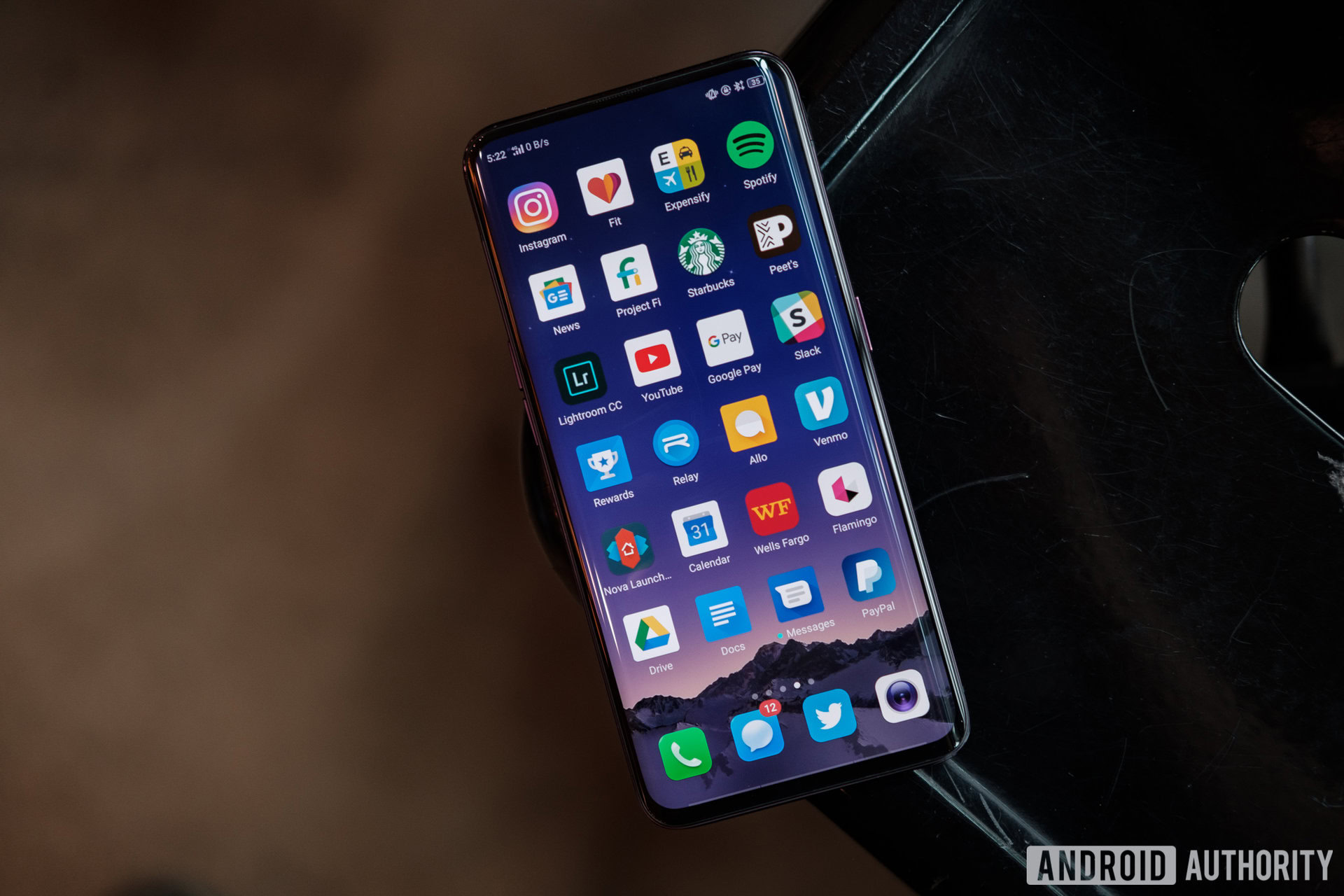
In the past couple of years, the “screen-to-body” ratio has become an important metric for both phone marketers and consumers. We used to look past the thick bezels found on most smartphones, but now we seem to want handsets with as little bezel as possible, so the display can be bigger and still comfortably fit in one hand.
This month, two smartphones came extremely close to having no bezels at all for their displays. First, there was the vivo Nex with its huge 6.59-inch Super AMOLED display and a 91.24 percent screen-to-body ratio. Just a few days later, OPPO revealed its flagship Find X. Its display is smaller at 6.42 inches, but its screen-to-body ratio edges out the vivo Nex at 93.8 percent.
Read more: The history of the Android OS
Over the years, phones slowly, but surely moved to larger displays, taking gradual steps to get rid of as much of those pesky, pesky bezels as possible. Let’s take a quick look back at the history of smartphones and how their screen-to-body ratios have changed.
2007: BlackBerry Curve
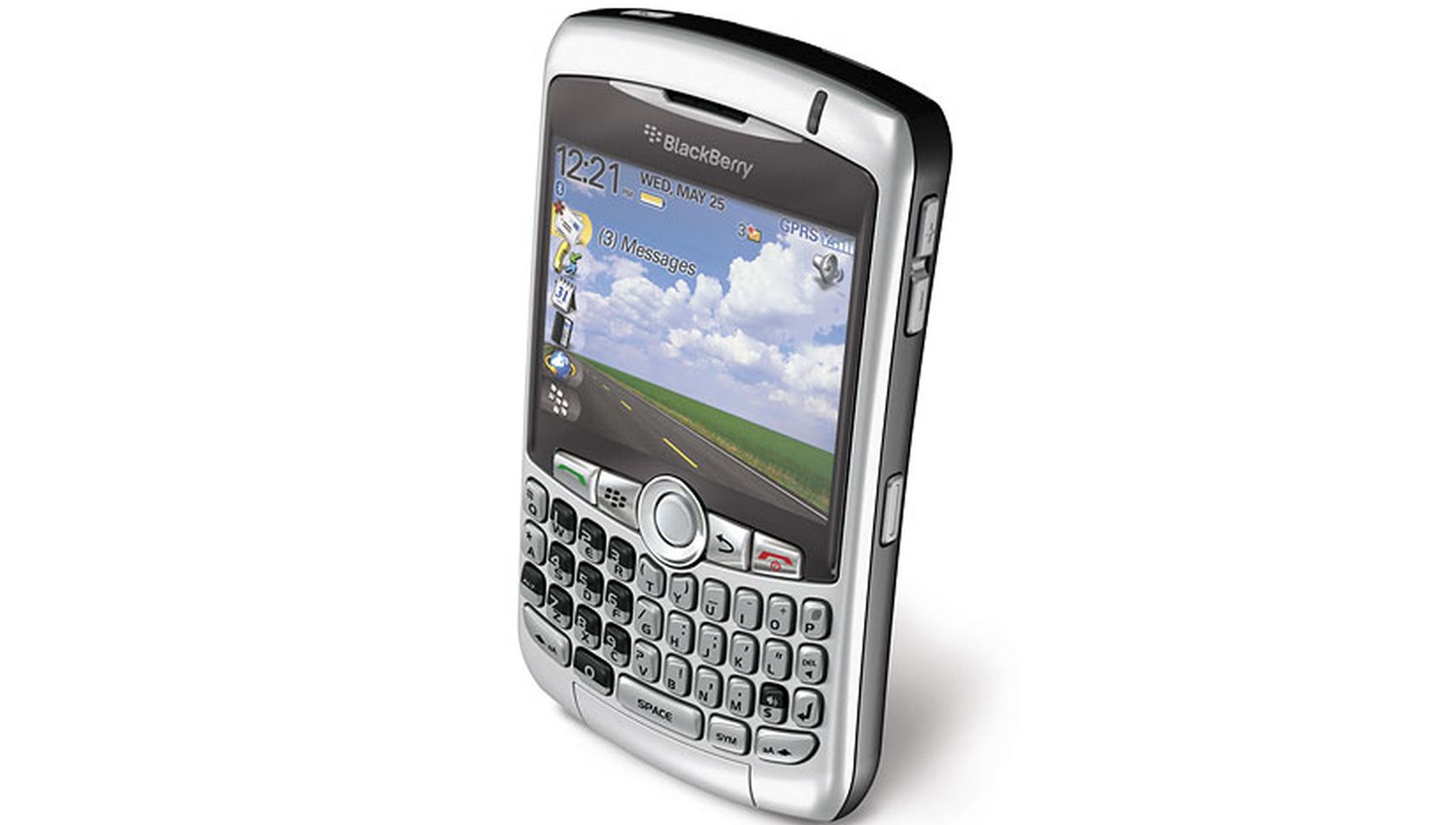
Launched just before the release of the original iPhone in May 2007, the BlackBerry Curve was the latest smartphone from the mobile phone giant. Like its previous devices, the Curve had a large physical keyboard, but a tiny screen. In this case, the Curve had a 2.5-inch display and a screen-to-body ratio of only 30.1 percent.
2007: Apple iPhone
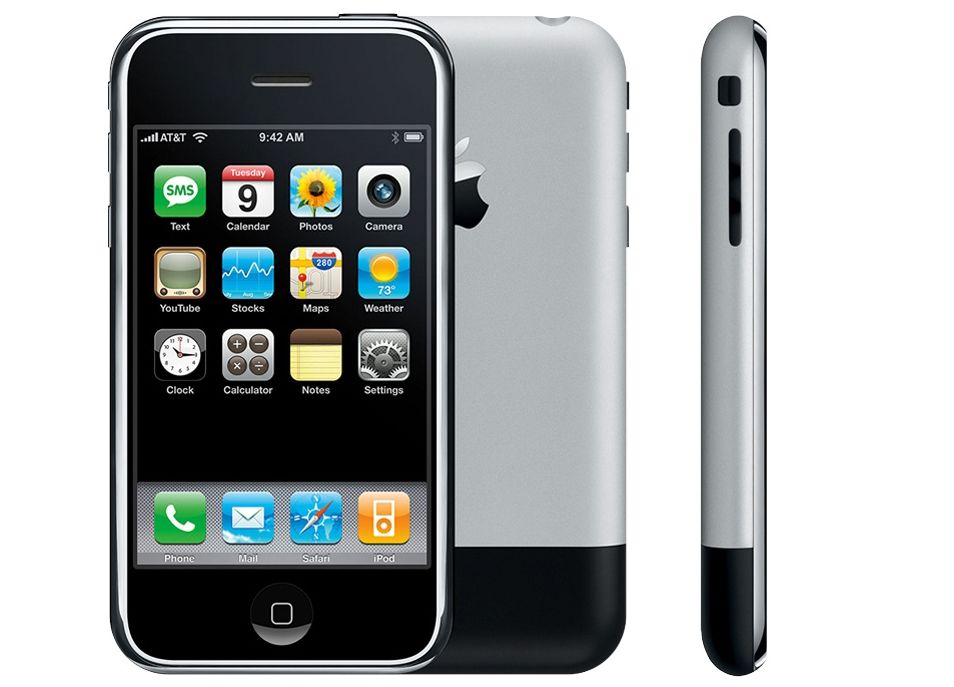
The first generation of Apple’s iPhone lineup launched in June 2007, with a 3.5-inch display and a screen-to-body ratio of 52 percent. The phone had some very thick bezels on both the top and bottom. However, the iPhone’s touchscreen, with its virtual keyboard, meant a much larger display and higher the screen-to-body ratio than some earlier phones.
2008: HTCDream (T-Mobile G1)
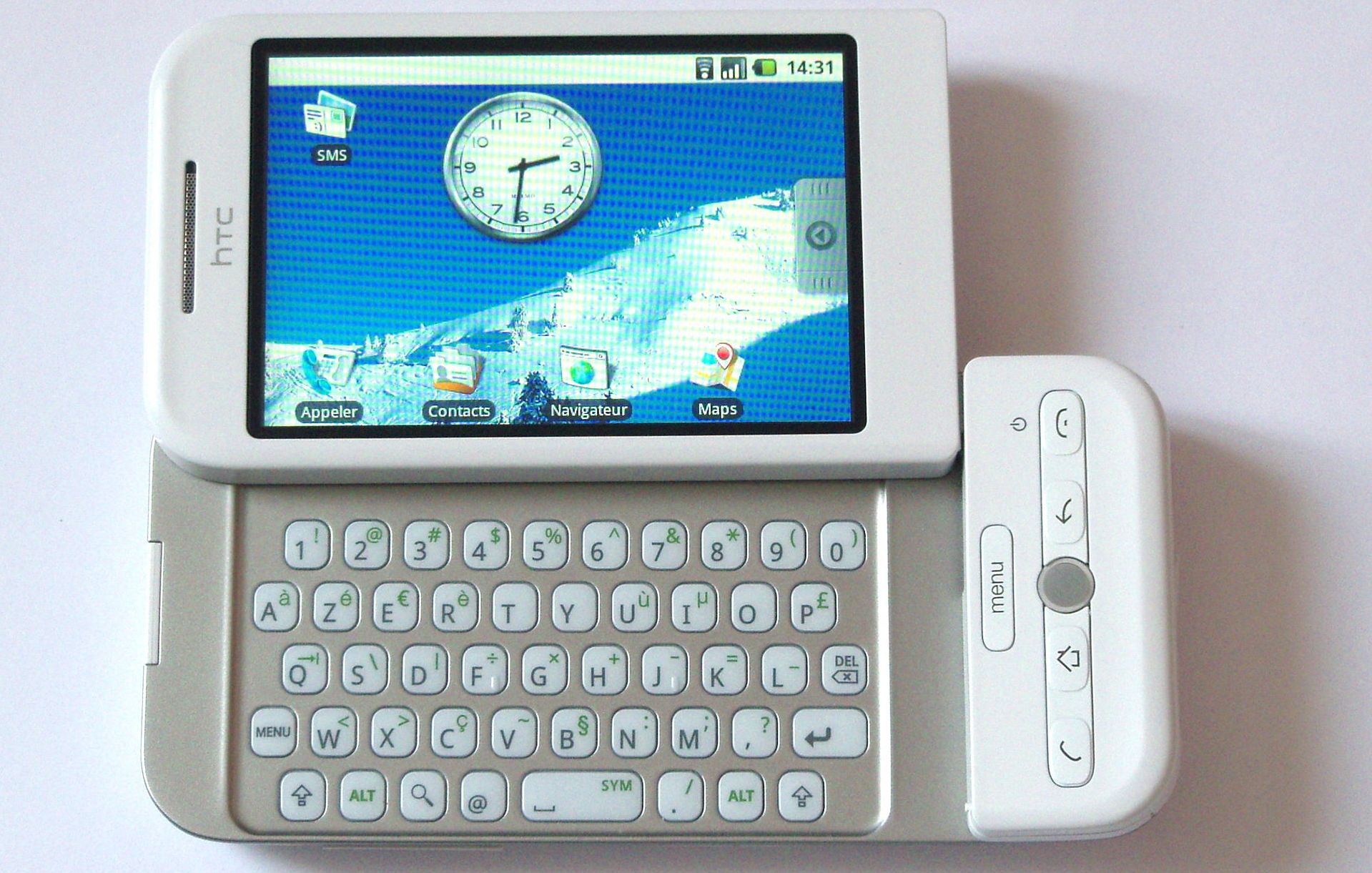
The first commercially available phone running Android was released in October 2008, with the launch of the T-Mobile G1 in the U.S., known as the HTCDream. It had a tiny pop-up 3.2-inch touchscreen with a thick body and bezels and a physical keyboard. The screen-to-body ratio for this phone was 46.5 percent. Physical keyboards were still popular at that time, but that would soon change. More smartphones started adopting the all-touchscreen design the iPhone popularized.
2009: Motorola Droid
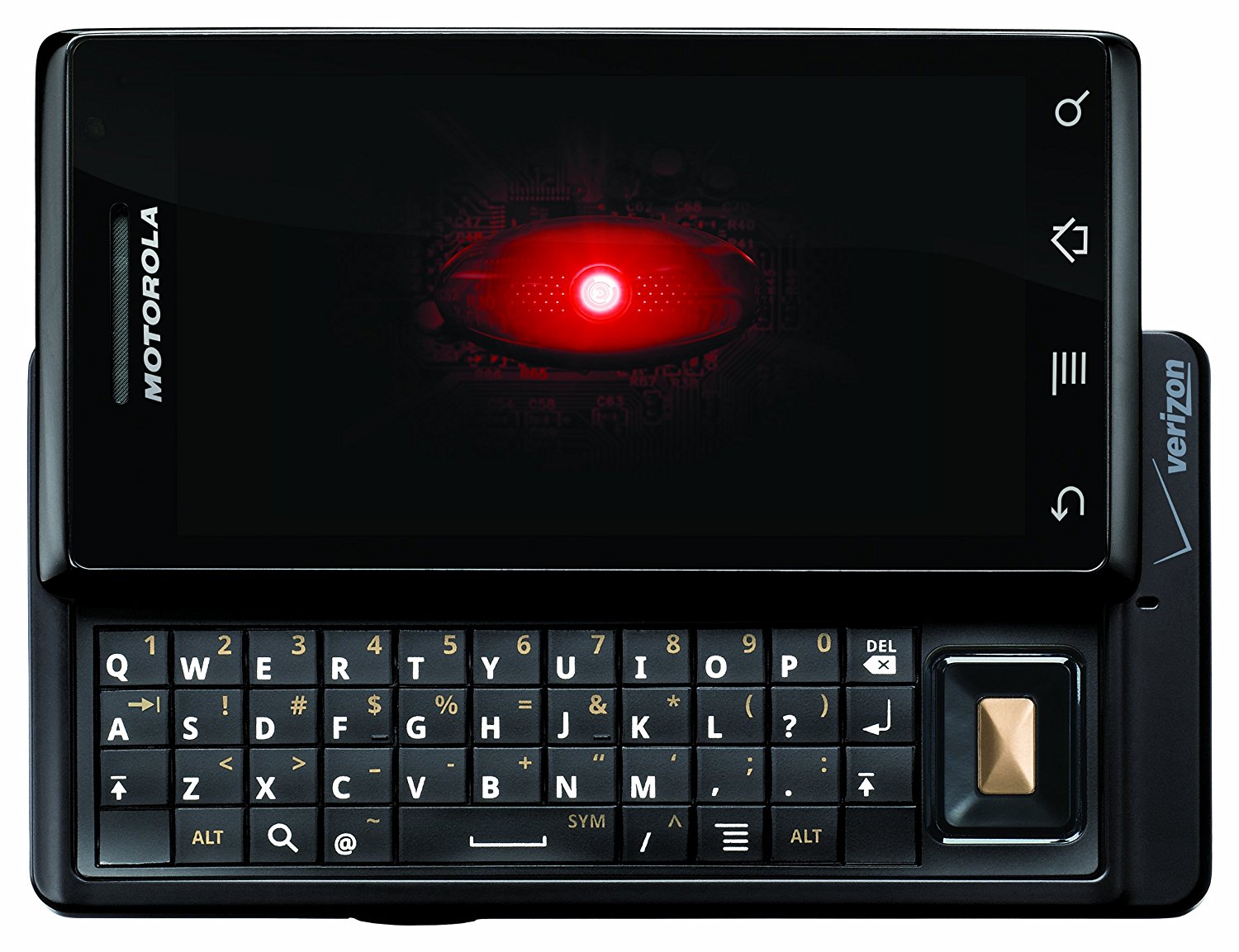
Like the HTCDream, the Motorola Droid design featured a sliding display and a large physical keyboard. It had a larger 3.7-inch display than the HTCphone and the iPhone, and a screen-to-body ratio of 54.3 percent.
2010: Samsung Galaxy S
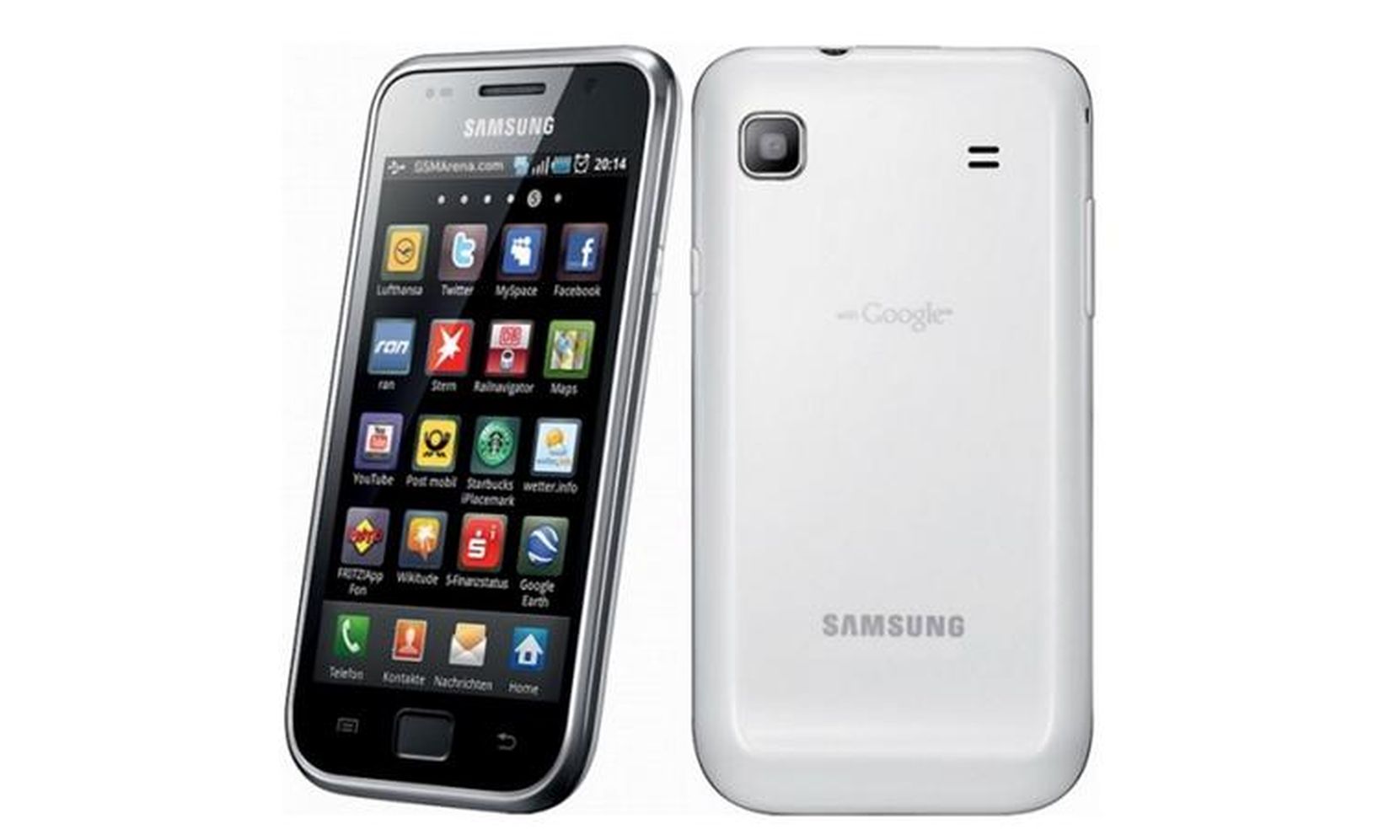
The first release in Samsung’s flagship smartphone series, the Samsung Galaxy S included a big 4-inch display. Even with thick bezels on the top and bottom of this phone, the screen-to-body ratio on the first Galaxy S came in at 58 percent.
2011: Samsung Galaxy Note
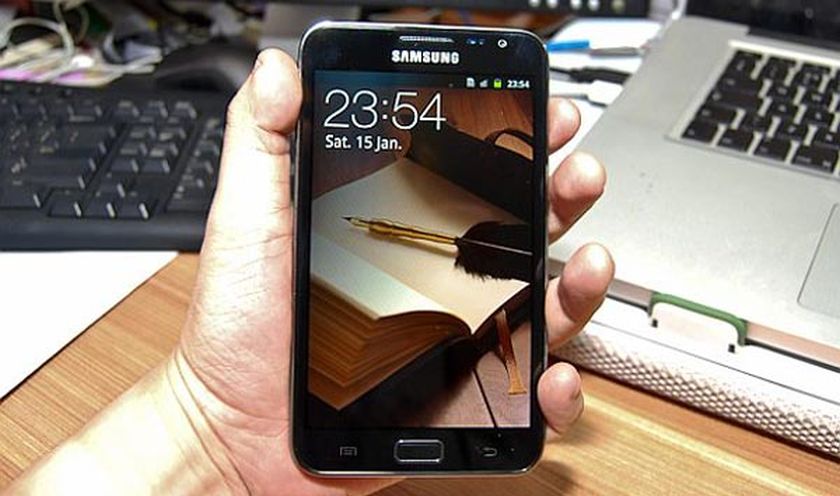
The first Samsung Galaxy Note was part of the phablet trend in smartphones that began in 2011. Its 5.29-inch screen was considered huge at that time — many wondered if it was actually too big to work as a phone. The screen-to-body ratio numbers for the first Galaxy Note were also much higher than usual, at 66.8 percent, though the phone still had some pretty thick bezels.
2013: LG G2
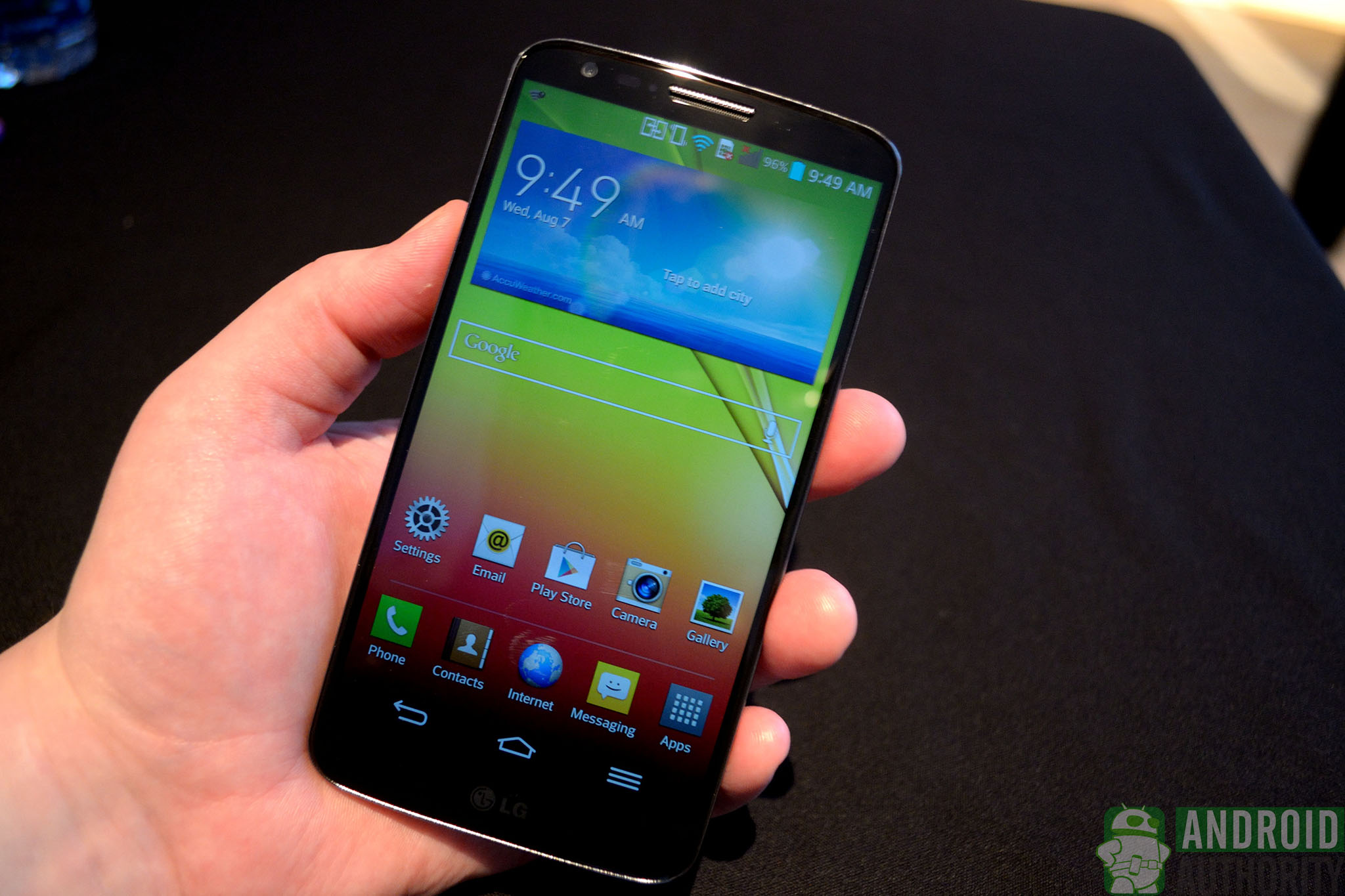
By 2013, the idea of a smartphone with a display larger than 5 inches was more commonplace and accepted. Such was the case with the LG G2. It had a “large” 5.2-inch display, but it also had a thinner design than many other smartphones, with much thinner bezels. The big display and thinner bezels, along with virtual home buttons on the bottom, gave the LG G2 a screen-to-body ratio of 75.9 percent.
2014: Sharp Aquos Crystal
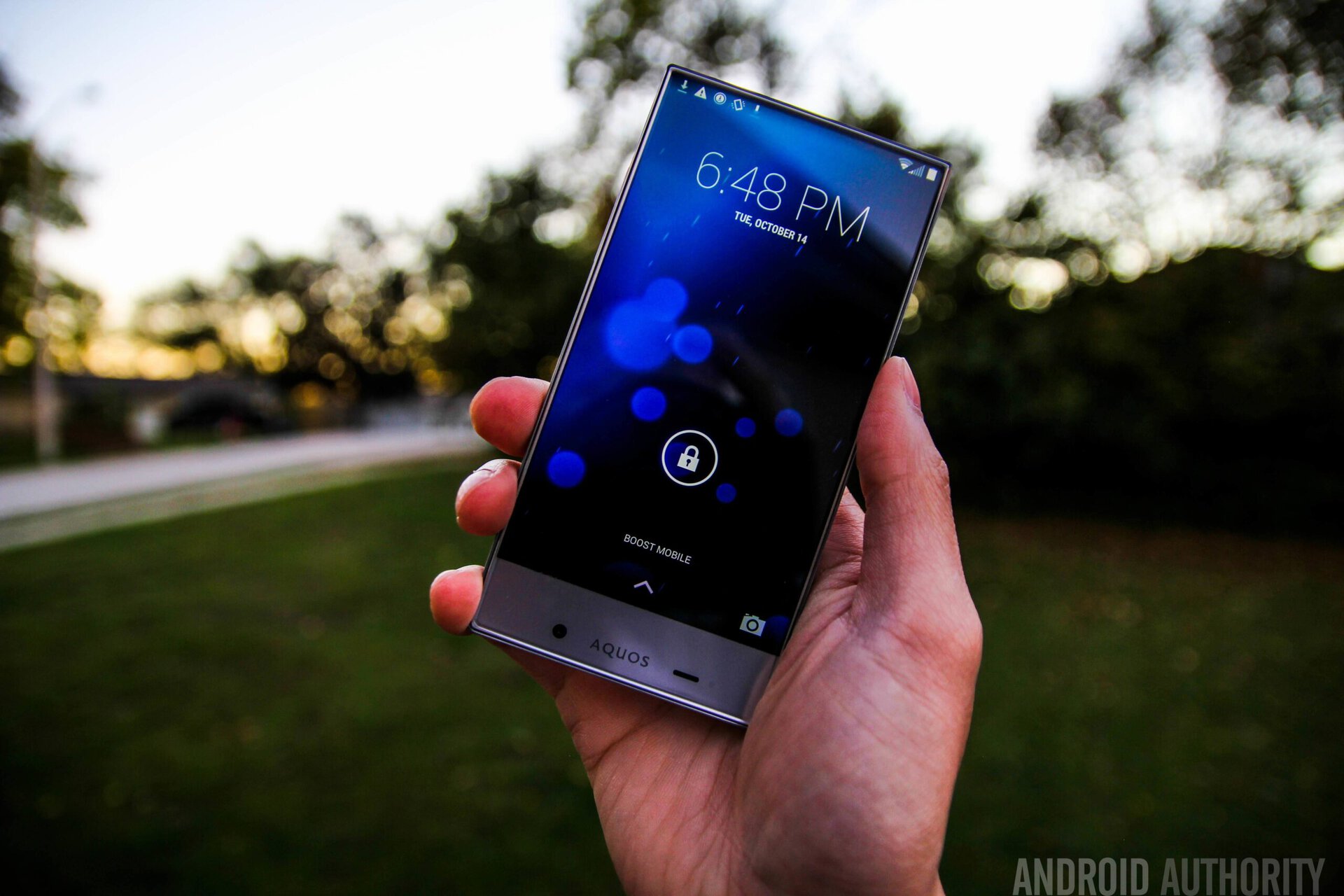
While not exactly a huge sales success, the Sharp Aquos Crystal had a unique design back in 2014. It had almost no bezels on the top and sides, but the rather thick bezel on the bottom showed smartphone makers were not quite ready for full display phones (the bottom bezel also house this phone’s front-facing camera). The 5-inch display on the Aquos Crystal had a screen-to-body ratio of 78.5 percent.
2016: Xiaomi Mi MIX
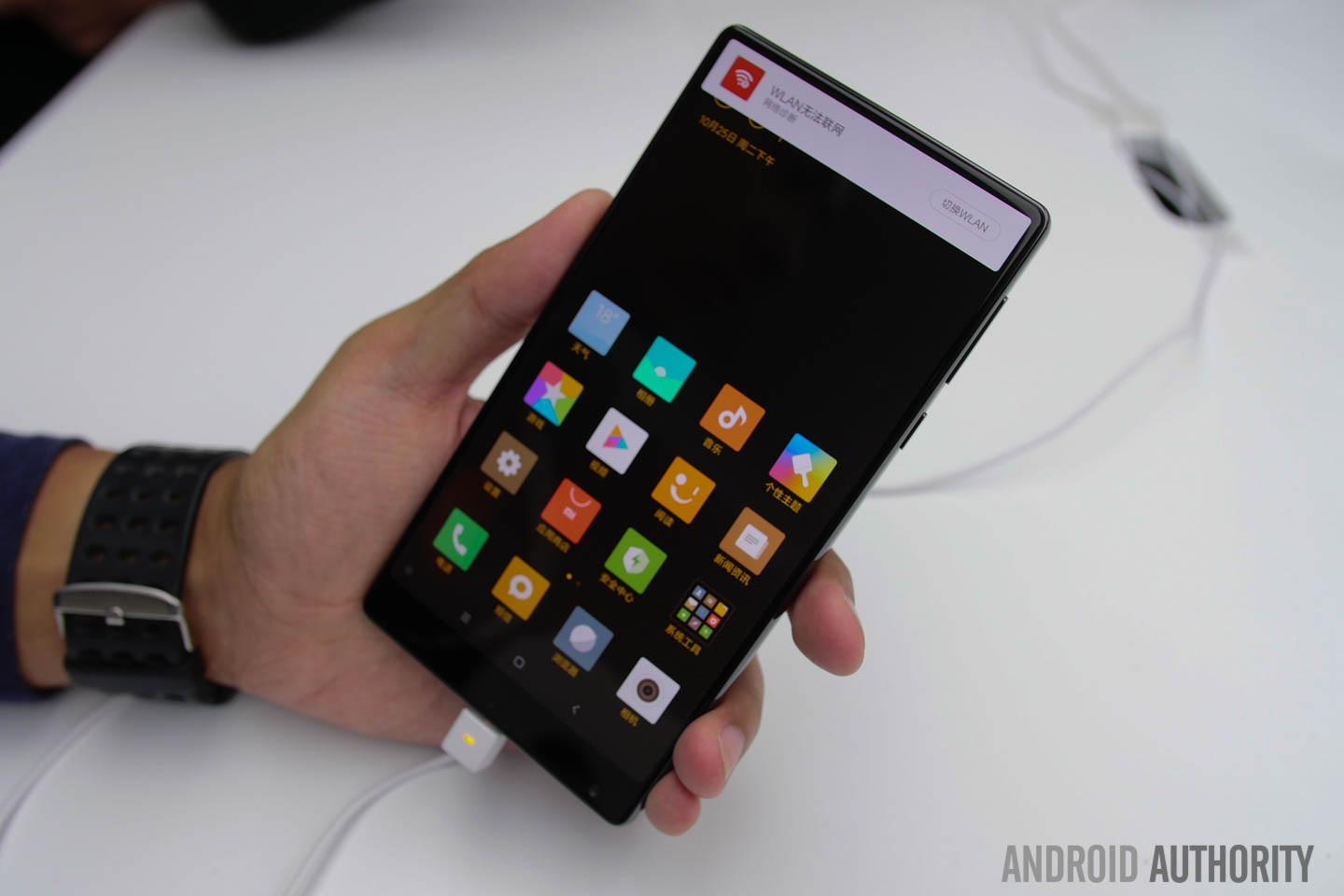
Chinese company Xiaomi decided to go all out in 2016, launching what it called a concept phone, the Mi MIX. Available only in limited quantities, and only in Asian markets, this phone also did away with nearly all the bezels on the top and sides, with a fairly thick bottom bezel to house its front camera. When it was first announced, the phone was promoted as having a 91.3 percent screen-to-body ratio. In fact, the phone’s real dimensions were a bit lower, at “just” 83.6 percent, but still much higher than other smartphones.
2017: Samsung Galaxy S8/S8 Plus
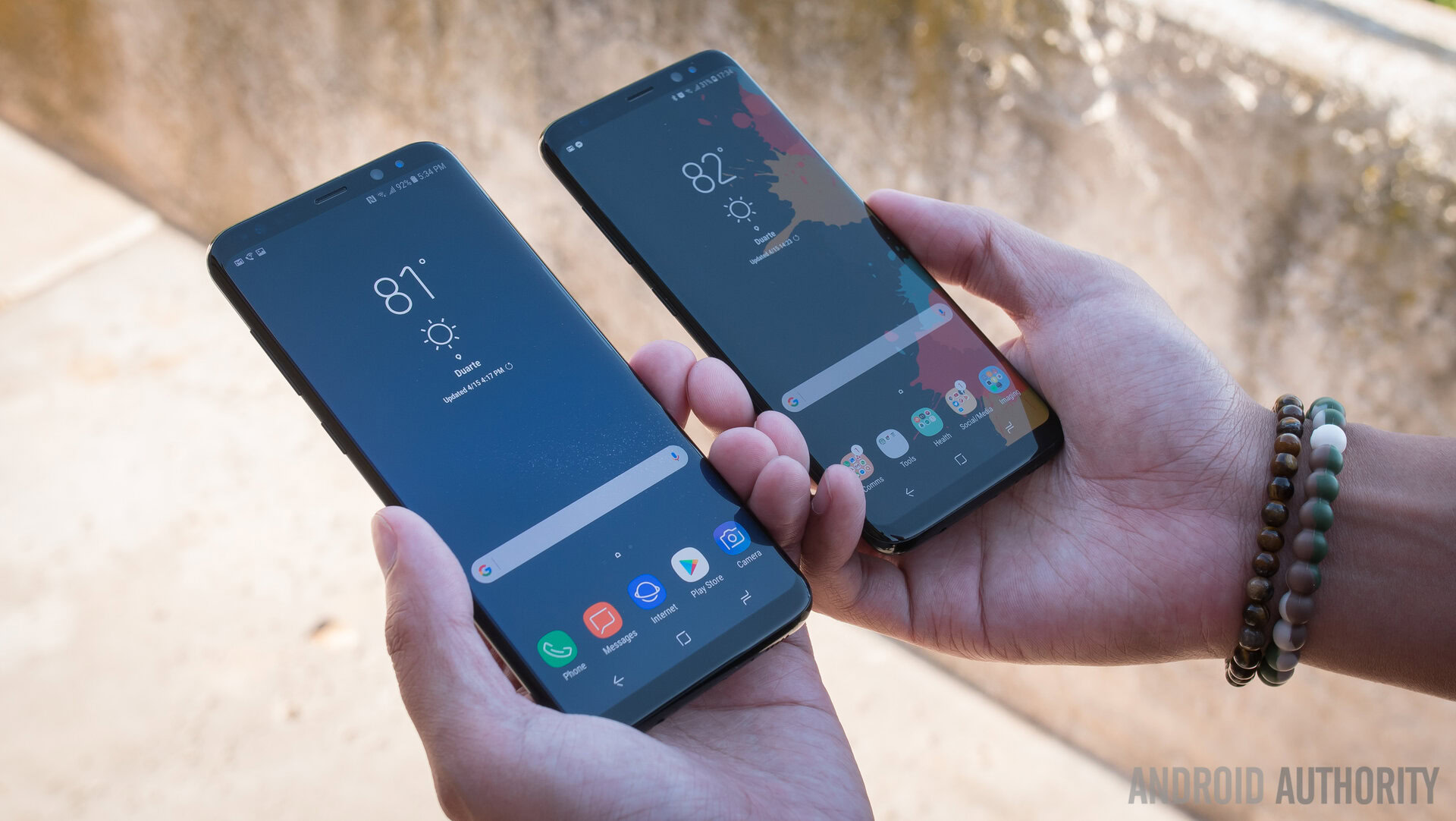
The launch of the Samsung Galaxy S8 and S8 Plus in 2017 introduced the world to the company’s Infinity Display design, which has since shown up in the Galaxy Note 8 and the more recent Galaxy S9 and S9 Plus. The small bezels on both the top and the bottom of the phones allowed these phones to have an impressive 83.6 percent screen-to-body ratio for the 5.8-inch Galaxy S8 and 84 percent for the 6.2-inch S9 Plus.
2017: Essential Phone

It may not have sold a lot of units, but the Essential Phone introduced us to the notch, which placed the front-facing camera on top of the actual display. Because of this design, the 5.71-inch display on the Essential Phone had a screen-to-body ratio of 84.9 percent, beating out the Samsung Galaxy S8 phones. It even beat the percentage on the Apple iPhone X, with a notch design that came out just a few months later. (Its 5.8-inch display only has an 82.9 percent screen-to-body ratio.)
2018: vivo Nex and OPPO Find X
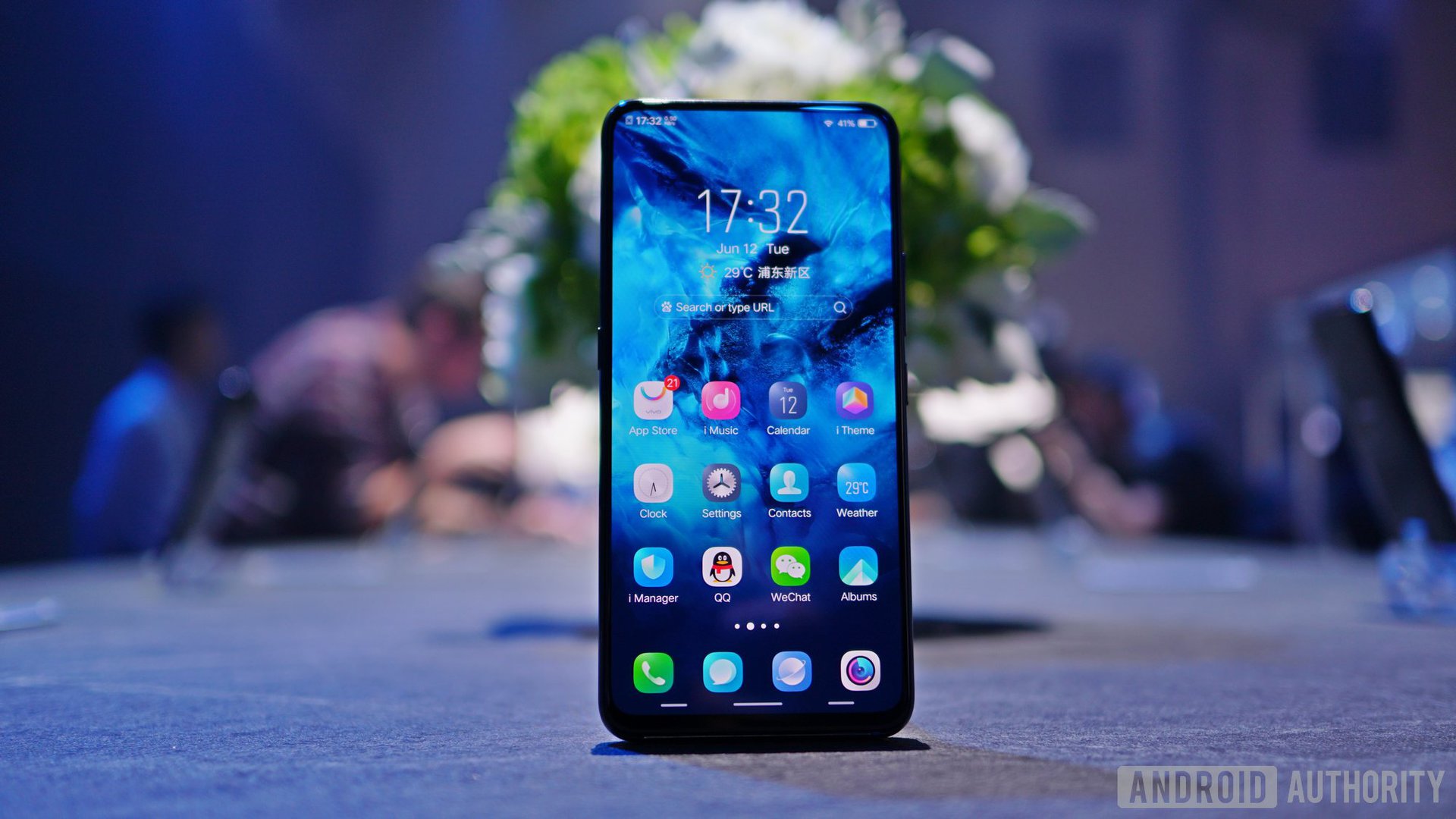
As we mentioned at the beginning of this article, two Chinese smartphone makers announced phones with as close to a completely bezel-free experience as we have ever seen. The vivo Nex was the champion for a few days, with its 6.59-inch display offering up a 91.24 percent screen-to-body ratio. About a week later, the OPPO Find X took over as champion, with a 93.8 percent ratio for its 6.42-inch screen.
Both phones managed this by making pretty drastic design changes. The vivo Nex has its front-facing camera snap up on the top, sinking back into the body when not in use. On top of that, its got an on-screen fingerprint scanner, and its display also acts as the phone’s speaker. The OPPO Find X puts both the front and rear cameras in a mechanical slider on top that moves up when in use, and down when not being used. It also jettisoned the fingerprint reader entirely.
Will we ever reach 100 percent?
The big question is this: Can a smartphone ever reach that 100 percent screen mark, or is the vivo Find X is the ultimate limit in screen-to-body ratio? Sooner or later manufacturers will no doubt answer that question — they’ve got to make their products stand out somehow.